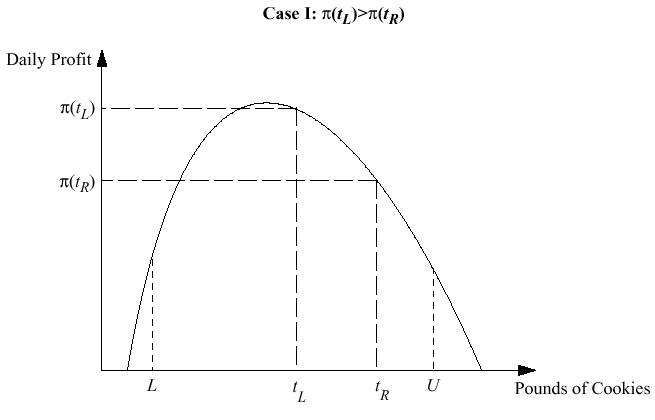

|
One-Dimensional Optimization
An Introduction with Examples |
|
Prof. David Bernstein
|
| Computer Science Department |
| bernstdh@jmu.edu |



